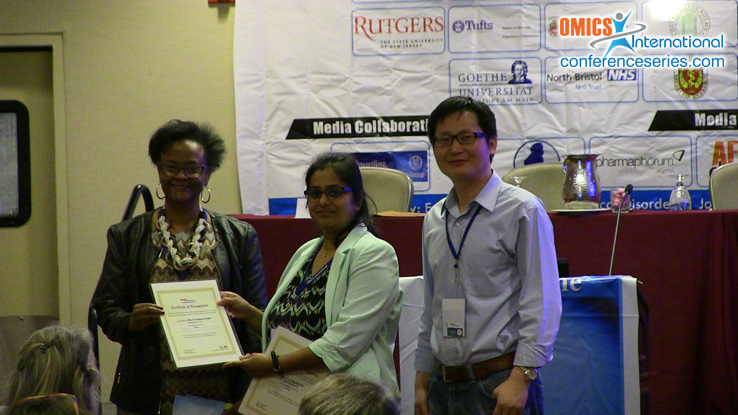
Elia M Pestana Knight
Cleveland Clinic, USA
Title: Increasing utilization of Pediatric Epilepsy Surgery in the United States between 1997 and 2009
Biography
Biography: Elia M Pestana Knight
Abstract
Rationale: Despite clear guidelines for referral of patients to epilepsy surgery, no change in the rate of epilepsy surgery has been detected in adults with epilepsy. Few recent studies indicated an increased rate of pediatric epilepsy surgery but the specifics of these changes have not been explored. Objective: To examine national trends of pediatric epilepsy surgery usage in the United States between 1997 and 2009. Methods: We performed a serial cross-sectional study of pediatric epilepsy surgery using triennial data from the Kids’ Inpatient Database from 1997 to 2009. The rates of epilepsy surgery for lobectomies, partial lobectomies and hemispherectomies in each study year were calculated based on the number of prevalent epilepsy cases in the corresponding year. The age-race-sex adjusted rates of surgeries were also estimated. Linear regression was used to test for changes in the rates of surgeries over time. Results: The rates of pediatric epilepsy surgery significantly increased from 0.85/1000 in 1997 to 1.44/1000 in 2009. An increment in the rates of epilepsy surgeries was noted across all age groups in both boys and girls and in whites and Hispanics but not in blacks or in children with public insurance. The majority of pediatric epilepsy surgeries were performed in academic Children’s Hospitals. Conclusions: In contrast to adults, pediatric epilepsy surgery numbers have increased significantly in the past decade. However, black children and those with public insurance continue to face disparities in the receipt of epilepsy surgery.




